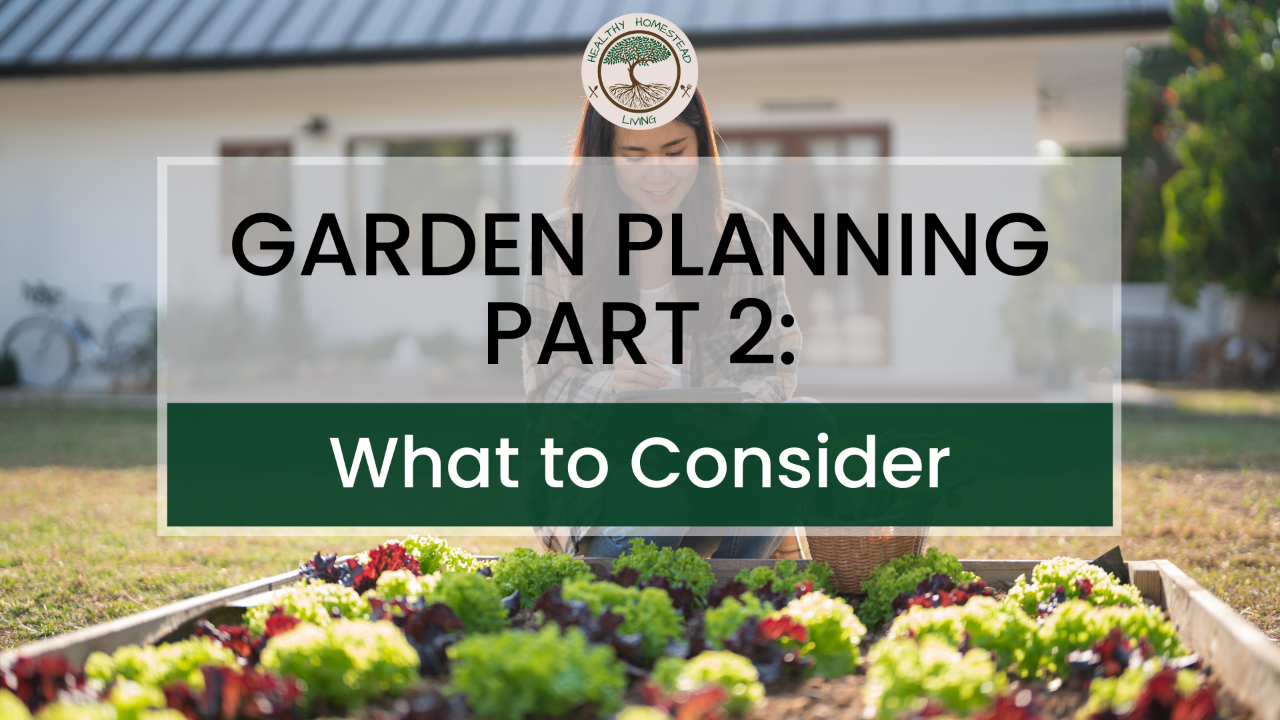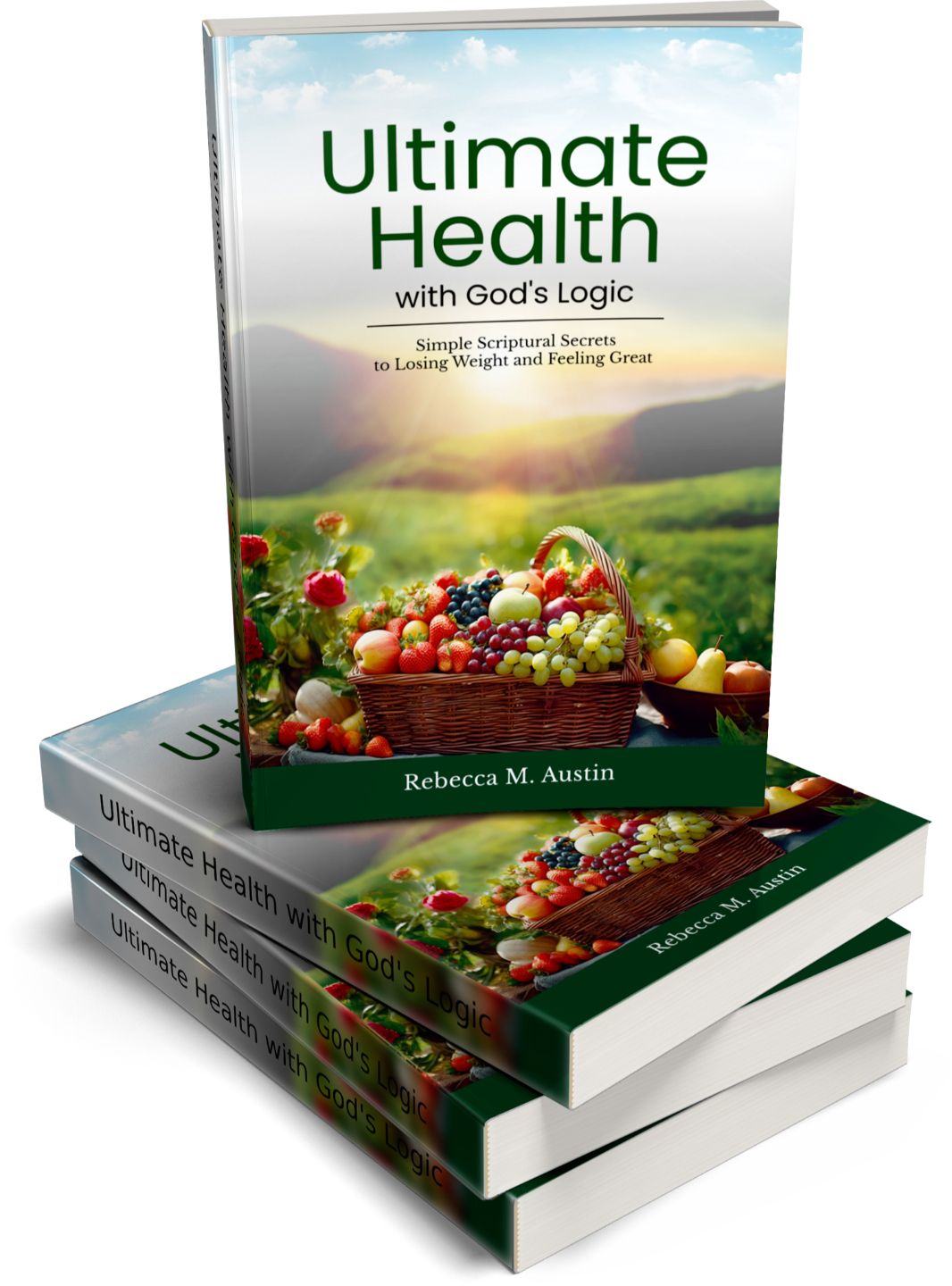Garden Planning Time (Part 2): What to Consider

It may still be winter, with snow on the ground in many parts of the country (even record snowfall for some of you), yet here on the homestead we are looking forward to spring and staying busy with preparations.  Frigid winds are howling and temperatures outside are dipping below zero yet in the greenhouse it’s a balmy 80 degrees and we’re working on starting some of our seedlings to be ready to plant when the time is right. Any good garden will benefit from some careful planning and this year is no exception. If you missed our previous blog post on “why to plan,” be sure to check it out! Now that you’ve decided to plan your garden and be ahead of the game this year, here are a few things to consider when creating your garden plan:
Frigid winds are howling and temperatures outside are dipping below zero yet in the greenhouse it’s a balmy 80 degrees and we’re working on starting some of our seedlings to be ready to plant when the time is right. Any good garden will benefit from some careful planning and this year is no exception. If you missed our previous blog post on “why to plan,” be sure to check it out! Now that you’ve decided to plan your garden and be ahead of the game this year, here are a few things to consider when creating your garden plan:
1. What do you and your family eat? This may sound simple, but it’s a crucial step in planning a garden. Especially if you have limited space, start with those vegetables that you like the most and eat the most. What are you spending the most money purchasing when you go to the grocery store or farmer’s market? What can you not live without? What would you like to have excess stored away, should you have an abundance? I have often coached others on garden planning and it never ceases to amaze me when someone plants an acre of peas when they don’t even like peas…but that’s what their parents always did… So start with the vegetables you like, add a few new things you might want to try, and skip the things you most likely won’t eat anyway.
2. How will you eat it? Once you know WHAT you want to plant, you need to think about how you plan to eat what you planted. Are you going to primarily eat it fresh or do you want a surplus to preserve either by canning, freezing, dehydrating, or fermenting? How you plan to eat it, will help you determine how much to plant, when to plant (such as possible staggered sowing), and what varieties to plant (such as bush beans vs. pole beans). If you only want a couple tomatoes to enjoy fresh, but don’t have the time, knowledge, tools, or equipment to preserve them, then don’t plant more than one or two tomato plants. Zucchini is another great example. One zucchini plant can easily feed your whole neighborhood on a good year, so if you plant a seed packet of zucchini, you’ll have some VERY happy neighbors….and chickens….and anyone else who will take them off your hands. How you plan to eat your produce will also determine when to plant. For my garden, this especially applies to things like herbs and carrots. We like to have a steady supply over the whole growing season, so we plant every couple weeks of these varieties. Green beans, however, are canned so we do bush beans at one time so the majority of the beans will be ready at the same time.
3. When should you plant? I like to start with a list of the vegetables I’ve decided to focus on this year as determined in step 1 above, then I divide this list into categories such as heat loving crops, cool season crops, new perennials (come back year after year), and herbs. I then break those lists down into ideal planting times and whether to start seedlings or direct sow. This gives me a calendar schedule so I don’t miss ideal planting. Here in the Ozarks of Missouri in February, I have started my pepper, tomato, eggplant, and tomatillo seeds so they will be well established when it’s time to put them in the garden. Within the next couple weeks, we will start direct sowing early cool season varieties of peas, spinach, chard, kale, arugula, lettuce, leeks, carrots, and radishes (just as some examples). Onion sets and potatoes generally will go in around St. Patrick’s Day. There are many garden calendar resources out there, so check on the ideal planting times for your zone and look at the seed packets for specific information on ideal planting times for that variety.
 A word of caution here…don’t get carried away. Seed catalogs are starting to arrive in the mail and the greenhouses are gearing up for the season. Their primary goal is to get you to buy their products and they are masters at marketing with all those beautiful pictures of yummy produce. Don’t get sucked into the marketing agenda. Plan your garden carefully THEN buy your seeds. Start with the varieties your family loves the most and then if you have space left, branch out and try some new things.
A word of caution here…don’t get carried away. Seed catalogs are starting to arrive in the mail and the greenhouses are gearing up for the season. Their primary goal is to get you to buy their products and they are masters at marketing with all those beautiful pictures of yummy produce. Don’t get sucked into the marketing agenda. Plan your garden carefully THEN buy your seeds. Start with the varieties your family loves the most and then if you have space left, branch out and try some new things.
See how easy it is? Once you have outlined your list as discussed above, get out a sheet of graph paper and outline your beds. Decide what plants will go into each area, keeping in mind the ideal plant spacing and ideal companion planting (some plants get along very well together and some plants don’t like each other…more on companion planting in another blog post). Now you can confidently move into spring planting with direction and a plan. Congratulations! Stay tuned for our next post on garden planning: Common Mistakes and What to Avoid. In the meantime, like us on Facebook and feel free to share this post with your gardening friends. Happy gardening and don’t forget that even though it’s cold outside now, spring will be here before we know it!
P.S. We use and recommend White Harvest Seed Company as our seed supplier. Their service, supply of quality varieties with excellent flavor and high germination rates are second to none. Click here to visit their website. You’ll be happy you did!
Finally Achieve "Ultimate Health"

Ever feel confused by all the conflicting information out there on what is healthy and what is not? Low Fat vs. Fat, Low/No Carb vs. Carbs, Plant-based, Vegan, Vegetarian, and the list goes on and on. Why can the so-called experts never agree?
Introducing a new way of approaching healthy diets and healthy living...one that follows Biblical principles yet is also based on scientific studies that prove why God provided the guidance He did in Scripture. Get your copy of our latest release: "Ultimate Health with God's Logic: Simple Scriptural Secrets to Losing Weight and Feeling Great."
Take the 21-Day Healthy Habit Challenge!
Want to implement healthier habits but not sure what to do or where to start? Join our challenge!
Enroll for FREE by clicking the button below. Then, over the next 21 days, we'll be sending you a daily email for the next three weeks to guide you on creating healthier habits that will last a lifetime!
Adjusting your habits takes more than just action. For true transformation, you also need two other key things: a belief that you CAN, and a purpose... a WHY!
Take a moment to think about all the amazing reasons WHY you want to improve your habits for better health.
Get started today by clicking the link below.
We respect your privacy and will only send you content we feel is valuable for you. Unsubscribe at any time.

